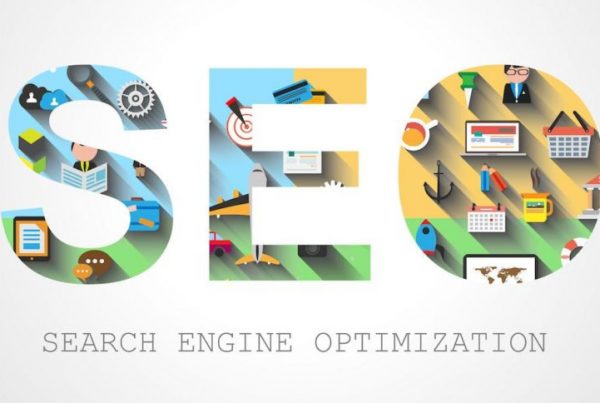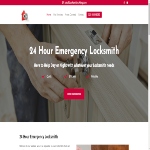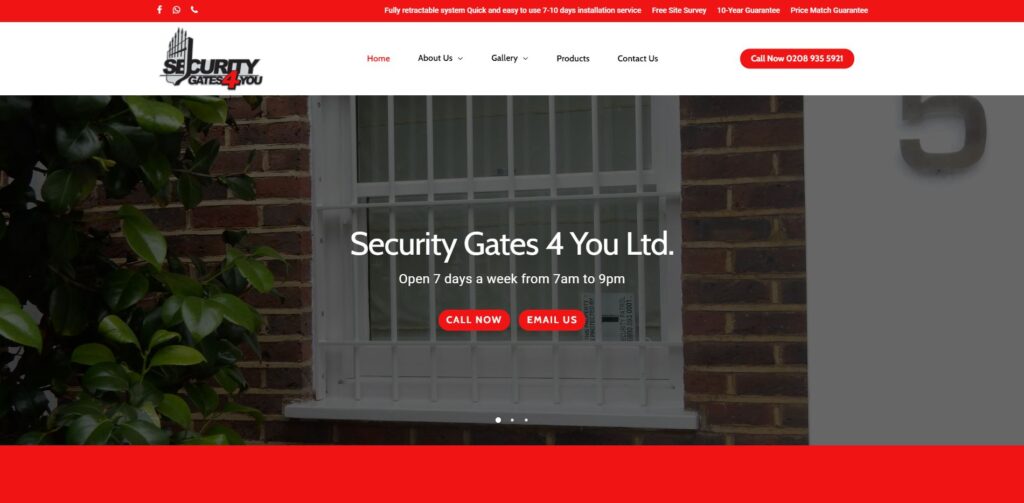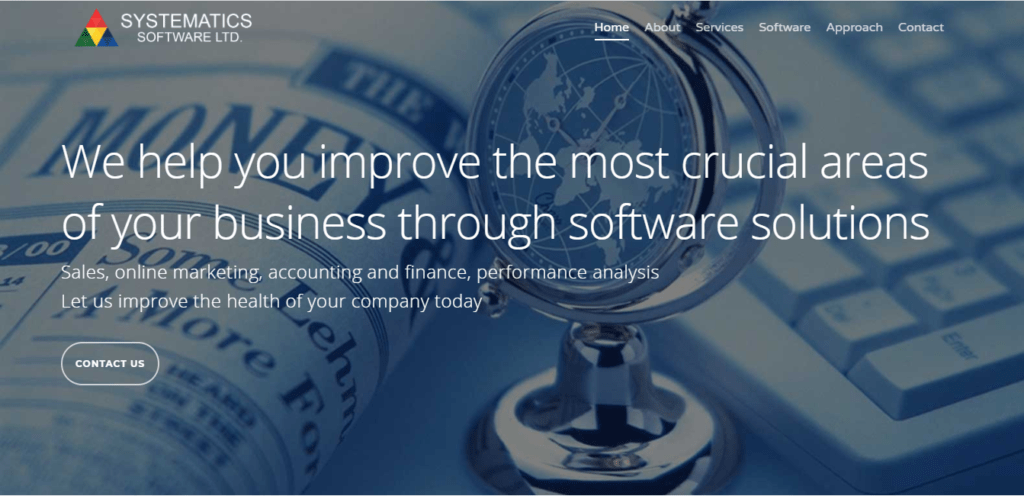There’s no doubt that customers appreciate variety and ease. In today’s world, e-commerce has made it possible for customers to shop for virtually anything from the comfort of their homes. From clothing and jewelry to full pieces of furniture, the options e-commerce provides are limitless.
And it’s only going up from here. The e-commerce sector is anticipated to further expand as more customers learn about the convenience and simplicity of online shopping. All of this demonstrates how profitable it can be for businesses to have an online store.
Smart business owners are aware that they must adapt and embrace an e-commerce business model to provide their clients with online access to their products and services.
If you’re ready to bring your business online, you’ll need a professional website that reflects your brand and caters to your clients’ needs. This will help you compete with other businesses in your field and grow your audience.
Not sure how to get started? We’ve got your back! We’ve put together this step-by-step guide to help you build a professional e-commerce website. Here it is:
1. Pick a Hosting Provider & Domain Name
When selecting a domain name, keep in mind that it should be simple for your audience to remember and be the same as your business name or anything related to your product.
If you want to find out if your selected domain name is available for purchase, you may use a website like Instant Domain Search or ask the hosting company you choose if they provide this service.
To make your e-commerce website available online, you’ll require a hosting company. Additionally, these service providers provide a range of upkeep and improvement services for your website, such as security monitoring, email support, and platform assistance.
2. Choose an E-Commerce Website Builder
After you’ve chosen your domain and set your products, you’ll have to start building the website. You can choose from a wide range of e-commerce website builders who provide various features for your website.
Some of these features are:
- Themes: You can choose a theme that is relevant to your business, brand identity, or even the specific product you sell.
- Blog posts: You can increase traffic by adding SEO-friendly posts about your industry to your website.
- Facebook Pixel: This allows you to use website metrics to boost traffic and sales through Facebook ads.
One of the most significant factors to consider when selecting a builder is how effectively it supports e-commerce initiatives. Is it, for instance, pretty simple to construct product pages with sections for inventory, product descriptions, and SEO-friendly keywords? Shopify, WordPress, Wix, Woocommerce, and Squarespace are some of the most well-liked e-commerce-friendly website builders.
Be aware that there are restrictions on the number of products you may submit or the number of alternatives for each product when using online shop builders. Therefore, before signing up with one, confirm that the restrictions are appropriate for your company. Even if you have to upgrade from a free to a paid plan, you’ll know there is growth potential.
3. Plan Your Website’s Structure & Main Pages
Create a plan for how your site will be structured and organized before you start building it. The following questions can help guide you:
- How would you like your customers to perceive your online store?
- Would you like your store to have any features or key pages?
- What’s the best way to help your customers navigate your store?
Knowing your clients is the first step to creating a successful e-commerce site. It’s crucial to create a user-friendly store that makes it simple for your clients to browse. Simplicity is key. You don’t want potential buyers to abandon your website because it’s difficult to navigate and has too many click-throughs. Whether it’s your items, a guide to using them, or your contact page, make it simple for customers to find what they’re looking for.
Some key elements you’ll need for your e-commerce website are:
- Simple menu to help navigate, as well as a quick-access search bar on the main page
- Product pages that have proper descriptions, prices, photos, and customer reviews.
- Recommendations based on clients’ previous purchases/searches.
- “About” and “Contact” pages.
- A smooth shopping experience, from adding items to the cart to checking out.
- Mobile optimization.
Consider whether you want to later add sections like blogs or instructional videos on how to utilize your products while you’re still in the design phase. It’s crucial to consider your marketing plan from away so that you can organize your website after launch to support such pages.
Similarly, if you are a physical store wanting to increase your consumer base through an e-commerce website, consider incorporating design elements such as colors and logos that are already connected with your brand. Encourage local customers to visit your website by providing in-store pickups or returns and ensuring that supplies available in-store are automatically updated online.
4. Add Relevant Plug-Ins & Widgets
The user experience is the most important factor for your e-commerce website. There are many complex and customizable themes, widgets, apps, and plug-ins that can further improve the functioning of your site and improve the client experience. The provider you choose to build your e-commerce site on will have many available options for widgets and plug-ins.
5. Set Up An E-Commerce Payment System
Because the primary goal of your e-commerce store is to sell things, a user-friendly payment system is essential. You’ll want your consumers’ shopping experience to be as simple as possible. It might be a good idea to provide several payment options.
Business owners can accept debit or credit card payments from clients by using a payment gateway. This encompasses not only physical card readers but also payment processing portals seen in online shops.
Fortunately, integrating your online business with payment processors like PayPal and Stripe is made easy by using e-commerce website builders like Shopify, BigCommerce, Square Online, or others. Make sure you are aware of the fees and commissions associated with each payment option, though.
Most e-commerce website builders provide many shipping choices, where you only need to provide an origin address and package type. However, be sure to talk with your web designer or developer about how to integrate shipping options with your website.
6. Incorporate SEO Into Your Website
Now that your site is loaded with merchandise and ready to accept orders, you’ll need visitors. You typically have two main alternatives for attracting visitors: advertise or use SEO practices to optimize your site. Your objective, whatever strategy you choose, should be to appear on search engine results pages (SERPs).
Pay-per-click (PPC) and Google Ads advertising can be pricey. Your next best option is to improve your website’s SEO to attract free organic traffic.
Conclusion
We hope this blog helped you. If you’re setting up an E-Commerce website, chances are you’re a business owner looking to expand their brand online. As a business owner, you probably have a lot on your plate already. Building and maintaining a website, while keeping SEO in mind, can be extremely time-consuming. It also requires a good amount of expertise and commitment.
Instead of wasting your time on the ins and outs of digital marketing, you should be focusing on your primary business goals. Time is money, after all. Let us be a helping hand. As one of the leading digital marketing agencies in the UK, Explosion Digital can provide you with expert help and data-driven growth.
If you’re ready to Explode into the Digital World, contact us. We’d love to help you.
We hope you enjoy reading this blog
If you need our expertise please book a meeting with us.












